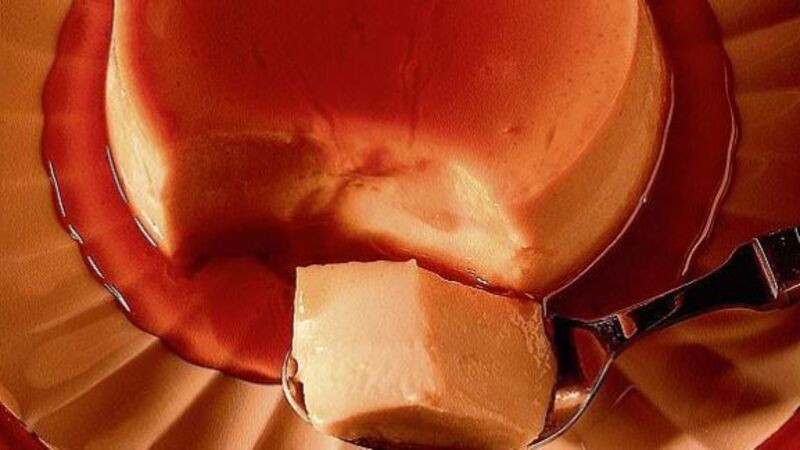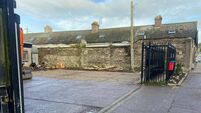Crème Caramel with Caramel Shards

It is still minute, but boy is it causing a stir.
Many top restaurants are now featuring handmade butter on their tables and a growing number of dairy farmers are putting milk back into glass bottles and selling organic milk and butter.














